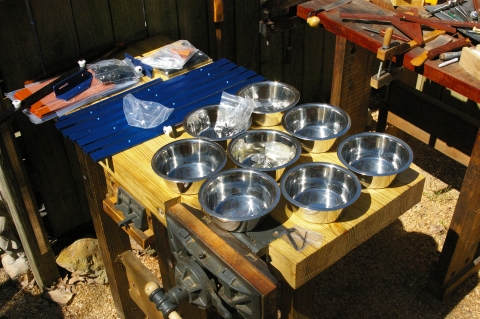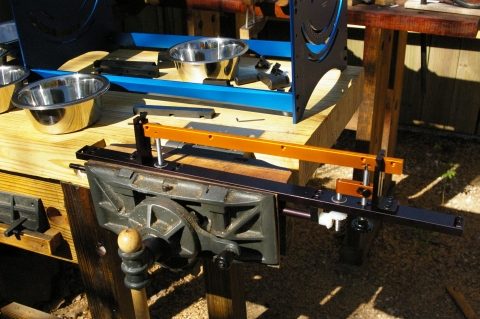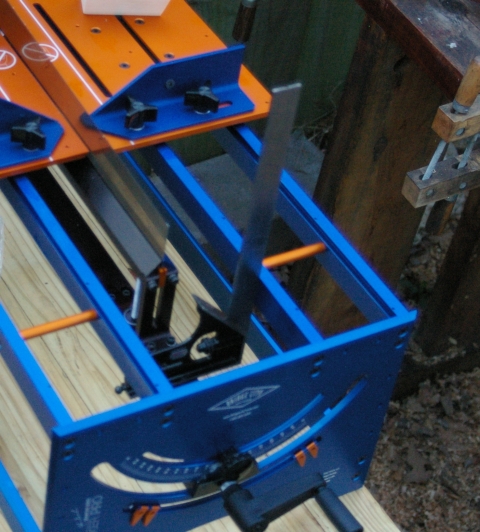Over on the Logan Cabinet Shoppe Blog, is a delightful article discussing the quality of current and 18th Century tools. Well worth the read.
This article strongly supports my own ideas on the quality of tools. A plane, is two things really, a jig to hold a blade perfectly for performing a task, and a handle for the user to manage the movement of that blade.
I think that a fine craftsman, will by nature, not settle for sporadic work. In days of old, just as lumber jacks would compete in showing off their mad log rolling and axe hurling skills, joiners would compete if only by trying to show up the quality of work around them. Little changes in shape and reliefs and tricks that reduced tear out matter quite a bit, when you have to turn logs into cabinets. To mess up at the final stages was hardly a reward.
He did not mention Japanese Planes, so forgive my interjecting them here. There are still competitions like log rolling, where tool prowess and design face off to high standards of challenge. We may scoff at the usefulness of these thin, thin shavings, but it does show that they know, the craftsmen themselves, how to make and perfect a tool. Why are Japanese Planes so good? The craftsmen demand and make them so, If these craftsmen, who often make their own planes, have a respect for a dai maker, the odds are the dai maker has mad skills.
How many hours do we spend flattening, adjusting and tuning a plane before we are ready to use it? I suspect we spend as much time on a Stanley from a flea market, as a Japanese craftsman does in some off time, making a plane from a block of wood. Which plane is better? To my hands, the Japanese plane. I have a perfectly tuned to .0004″ bed to sole to side Stanley Jack and it works wonders. I have a Japanese mass market plane I got from Schtoo, that after I tuned it just a hair, works the same wonders as the Stanley and tells me what the wood is doing underneath it.
It communicates better. This simple Japanese Plane also allows for more ‘English.’ I can alter it’s behavior in quite a controlled manner by altering the pressue and position of the pressure. For a shooting board, I prefer the Stanley Jack. Since I am running it straight down a guide, I don’t need any ‘English.’ For free range planing, the Japanese plane pleases me more.
Planes that are used much have to be gone over every now and then. The skills that allow you to fettle a plane correctly, also allow a woodworker to be able to make a functioning plane. I suspect that the skilled jointers of old, expected to adjust a plane when they got it.
So the answer to what is the best plane? Clearly the one that you have tuned to perfection. I suspect even the Ancient Romans had top notch planes.
Bob



 A page Dedicated to My Writing
A page Dedicated to My Writing
Recent Comments